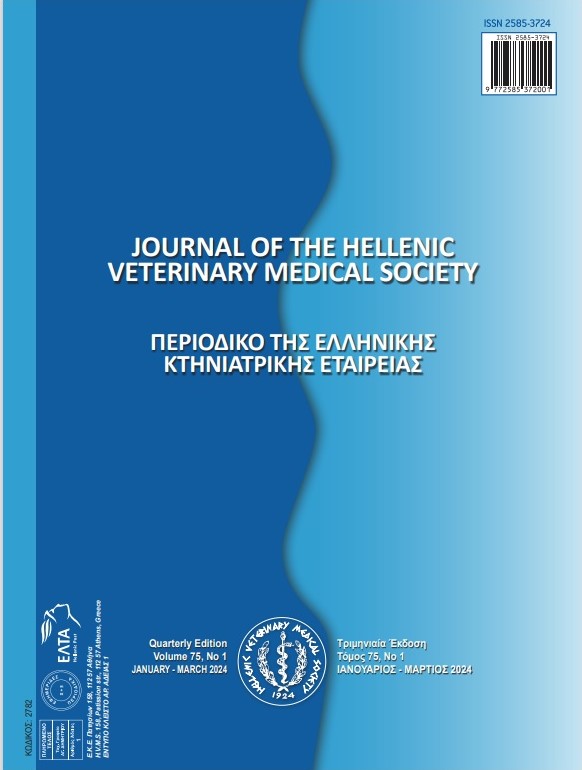Effect of Growth Performance and Survival Rate of Goldfish (Carassius auratus L. 1758) Fed Garlic (Allium sativum L.) Supplemented Diets

Abstract
This research evaluated the effect of different garlic (Allium sativum) levels on the nutritional characteristics, growth, and survival rate of goldfish (Carassius auratus). Five different commercial experimental diets were prepared garlic was added at levels of 0 (Control), 5, 10, 15, and 20 g·kg-1. The experiment was carried out for 84 days. Diet 4 group, in which 20 g·kg-1 garlic was added to the trial feed, showed the best growth performance compared to Diet 0 (Control) and other groups (Diet 1, Diet 2, Diet 3) (p<0.05). The best growth in parameters such as body weight gain, percent live weight increase, and specific growth rate was in the Diet 4 group (p<0.05). It was determined that the statistical difference between the groups for the condition factor and survival rate parameters was insignificant. The highest feed conversion rate was determined in the Diet 0 group with the lowest Diet 4 group (p<0.05). As a result, it has been determined that feeding goldfish with the addition of garlic up to 20 g·kg-1 (2%) in its diet will have a positive effect on growth.
Article Details
- Zitationsvorschlag
-
Balci, B., Aktop, Y., Arslan, M., Ünver, A., Özbas, M., & Kilic, H. (2024). Effect of Growth Performance and Survival Rate of Goldfish (Carassius auratus L. 1758) Fed Garlic (Allium sativum L.) Supplemented Diets. Journal of the Hellenic Veterinary Medical Society, 75(2), 7379–7386. https://doi.org/10.12681/jhvms.34541 (Original work published 10. Juli 2024)
- Ausgabe
- Bd. 75 Nr. 2 (2024)
- Rubrik
- Research Articles

Dieses Werk steht unter der Lizenz Creative Commons Namensnennung - Nicht-kommerziell 4.0 International.
Authors who publish with this journal agree to the following terms:
· Authors retain copyright and grant the journal right of first publication with the work simultaneously licensed under a Creative Commons Attribution Non-Commercial License that allows others to share the work with an acknowledgement of the work's authorship and initial publication in this journal.
· Authors are able to enter into separate, additional contractual arrangements for the non-exclusive distribution of the journal's published version of the work (e.g. post it to an institutional repository or publish it in a book), with an acknowledgement of its initial publication in this journal.
· Authors are permitted and encouraged to post their work online (preferably in institutional repositories or on their website) prior to and during the submission process, as it can lead to productive exchanges, as well as earlier and greater citation of published work.


